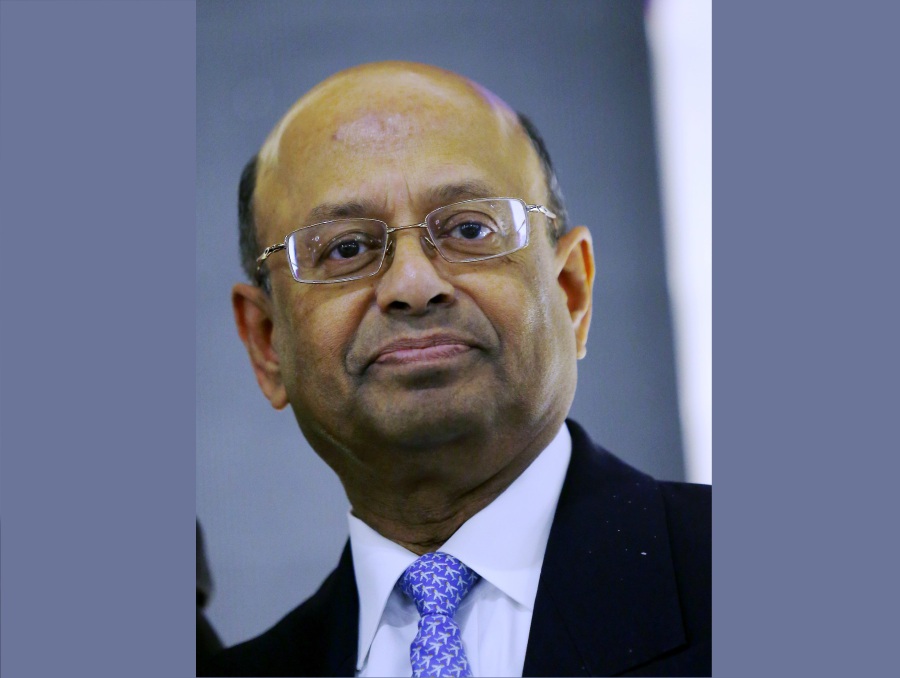LANGKAWI: Boeing Co believes that its business in Southeast Asia will continue to prosper with the region’s expanding aviation market, despite today’s slow economic situation.
Its senior vice-president of sales (Asia Pacific and India) Dr Dinesh A. Keskar said the demand for commercial airplanes was projected to be worth a total of US$565 billion (RM2.5 trillion) in the next two decades.
“We feel that Southeast Asia is one of the key markets for Boeing, and we think that in the next 20 years, 3,860 airplanes will be needed and the value of that is US$565 billion.
“Boeing watches closely several areas, including fuel prices and currency exchange rates in the region, among others, and I think as long as they stay within a certain parameter, we will continue in this region.
“(It ’s) because countries like Malaysia, Indonesia, Vietnam, Thailand and Myanmar are going to contribute to the market,” he told the New Straits Times at the Langkawi International Maritime and Aerospace 2017 Exhibition (Lima), here yesterday.
Keskar said the company provided solutions that suited the market and was timely under current economic conditions with its latest range of fuel efficient aircraft — the 737MAX-8 series and 787 Dreamliner.
He said the 737 MAX-8 offered improved fuel efficiency of up to 14 per cent, compared with its previous series of 737s, while maintaining very similar specifications and systems.
The fuel saving advantage, he said, came mainly from the new Leap-1B engine, paired with the more aerodynamically-clean features and shape of the 737 MAX-8.
“A 14 per cent increase in fuel efficiency involves a lot of savings, because fuel prices are going up again.
“By making it more fuel efficient, no matter what the fuel price, the airlines flying 737 MAX-8 can make money and be competitive, and do not have to retrain their existing 737 pilots. This is what Boeing offers.” Keskar said Boeing could offer fuel efficiency in its 787 due to its fuselage, which was made of carbon fibre, enabling the airplane to fly non-stop for 16.5 hours.
This, he added, allowed the airlines to open up new routes and and save passengers’ time.
The 787’s interior features offered a better flying experience.
Meanwhile, Boeing and Malindo Air announced that the latter would be the world’s first airline to fly the 737 MAX-8 when four of the aircraft, ordered by Lion Air Group, joined its fleet this May.
The airline is expected to first use the 737 MAX-8 for its Singapore-Kuala Lumpur route before expanding it to include Bangkok’s Dong Muang Airport and other locations in the region.
Malindo Air chief executive officer Chandran Rama Muthy said the Lion Air Group had ordered eight 737 MAX aircraft from Boeing, with the other four to be operated by Indonesian Lion Air.
“Malindo Air is very proud to announce that we will be the world’s first carrier to fly passengers on this state-ofthe-art aircraft.
“The 737 MAX was chosen as its features are almost the same as the 737 that we have in our fleet today, the exception being the new engines which offer better fuel savings of up to 14 per cent.
“The same features and system make it easier for us to maintain and operate the new aircraft, as our pilots only need one session of simulator training to fly the 737 MAX,” he said at Boeing’s booth at Lima 2017.
Present were Lion Air Group founder Rusdi Kirana and Keskar.





